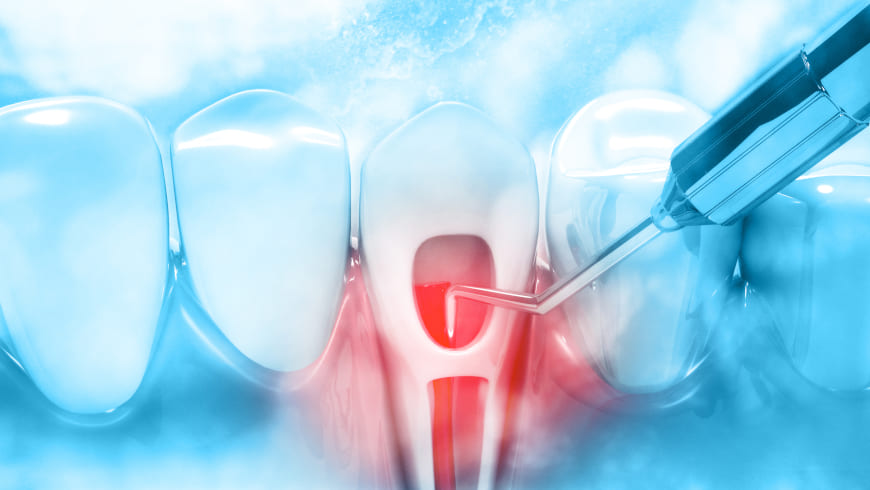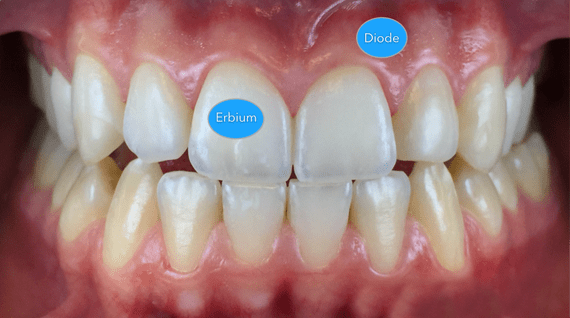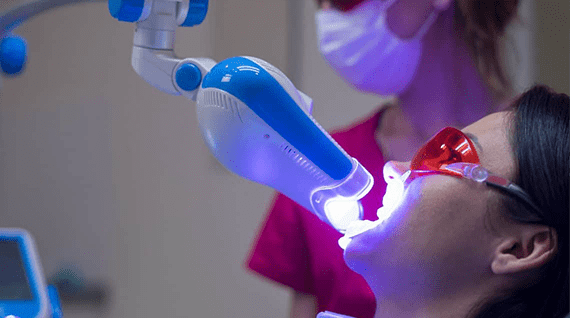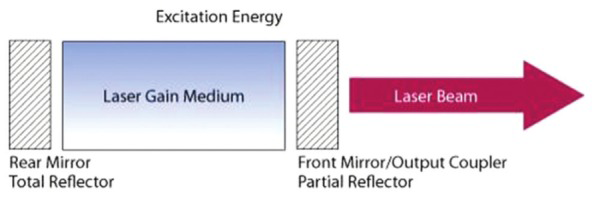What is laser dentistry?
An innovative tool in modern dental practice.
Laser dentistry is the use of lasers to treat a number of different dental conditions. It became commercially used in clinical dental practice for procedures involving tooth tissue in 1989.
Laser dentistry potentially offers a more comfortable treatment option for a number of dental procedures involving hard or soft tissue compared to drills and other non-laser tools.
Laser dentistry is used in a variety of procedures, including:
- treating hypersensitivity
- treating tooth decay
- treating gum disease
- whitening teeth
How are laser treatments performed?
The two main types of laser used in the procedures for laser dentistry are
Erbium Laser &
Diode Laser
Erbium Laser - The erbium laser wavelengths have a high affinity for hydroxyapatite and the highest absorption of water in any dental laser wavelengths. Consequently, it is the laser of choice for treatment of dental hard tissues refers to teeth.
Diode Laser - All diode laser wavelengths are absorbed primarily by tissue pigment (melanin) and hemoglobin and soft tissue refers to the gums.
Common hard tissue procedures include:
- Cavity detection. Lasers can detect cavities early by finding evidence of tooth decay.
- Tooth preparations and dental fillings. Local anesthesia and traditional drills are often not needed with laser treatments. Lasers can kill bacteria in a cavity, which can aid in the long-term health of a tooth.
- Treating tooth sensitivity. Teeth that have sensitivity to hot and cold can be treated with dental lasers that seal tubules on the tooth’s root.
Common soft tissue procedures include :
- Treating a “gummy smile.” Lasers are used to reshape gum tissue associated with “gummy smile,” in which the gums’ length covers much of the tooth.
- Crown lengthening. This procedure reshapes both gum tissue and bone for healthier tooth structure, which helps with placing restorations on the teeth.
- Treating tongue frenulum attachment. Those with a thick or tight frenulum (the fold of skin under the front part of tongue that anchors to the mouth floor) may benefit from a laser frenectomy. This treatment helps children whose restricted frenulum causes them to be tongue-tied, have difficulty breastfeeding, or have a speech impediment.
- Removing soft tissue folds. Lasers can remove soft tissue folds from ill-fitting dentures without pain or sutures.
Other laser procedures include:
- Viewing tissues. Optical coherence tomography allows a doctor to safely see inside a tooth or gum tissue.
- Removing benign tumors. Lasers can remove tumors from the palate, gums, and sides of the lips and cheeks through a pain- and suture-free method.
- Treating obstructive sleep apnea. Lasers can reshape the throat and relieve associated breathing problems when sleep apnea is caused by tissue overgrowth in the throat.
- TMJ (temporomandibular joint) treatment. Lasers can help reduce pain and inflammation in the joint.
- Nerve regeneration. Lasers can help regenerate damaged blood vessels, nerves, and scars.
- Treating cold sores. Lasers can minimize healing time and reduce pain from cold sores.
- Teeth whitening. Lasers speed up the bleaching process during teeth-whitening sessions.




